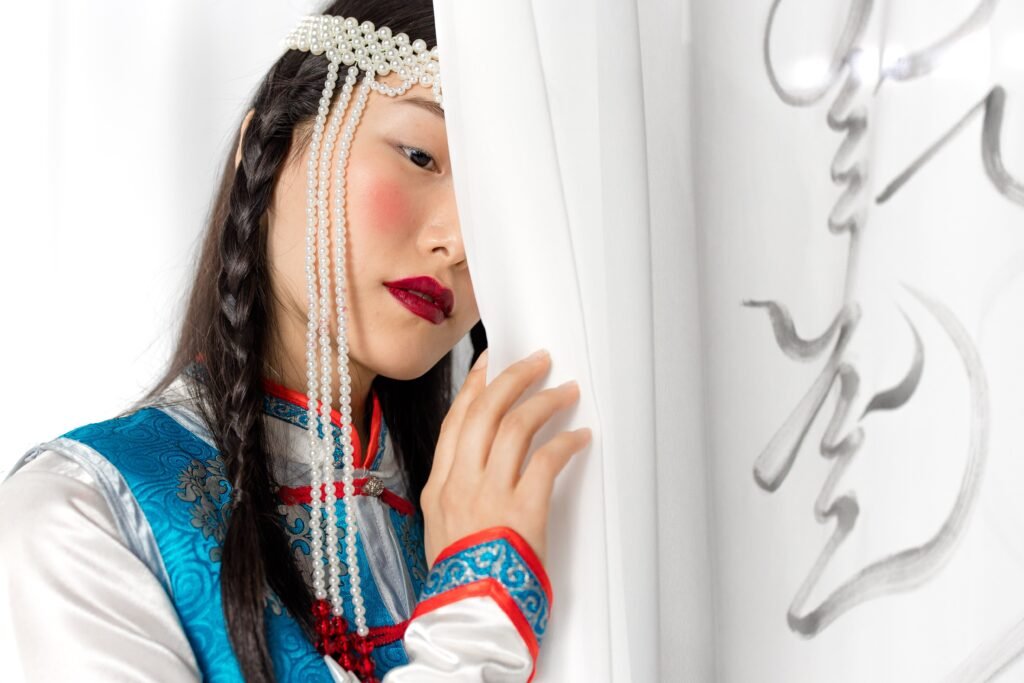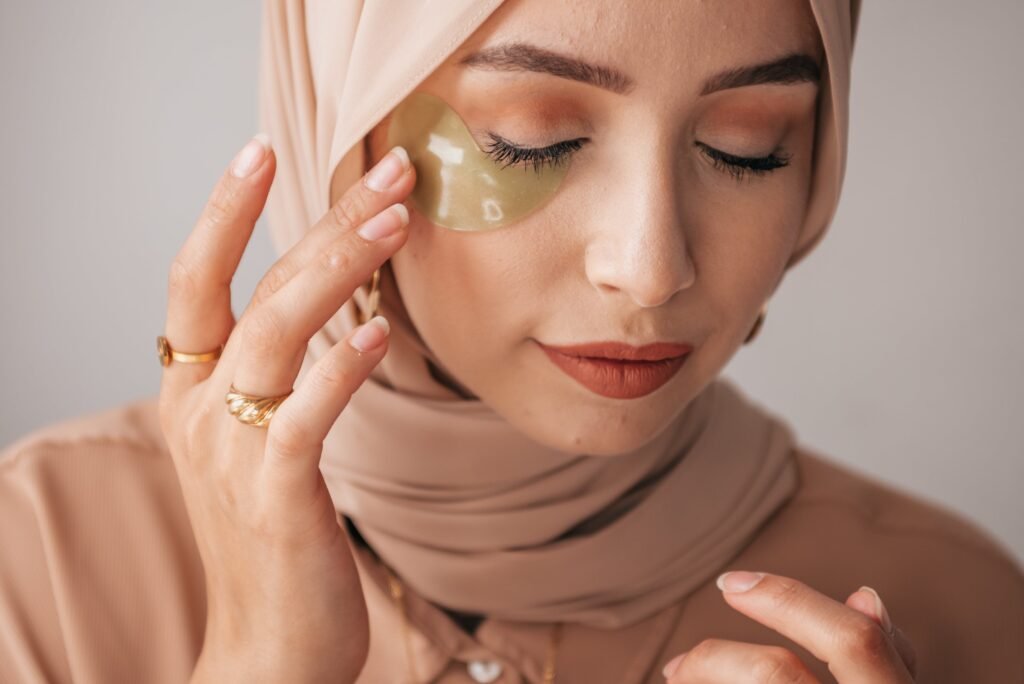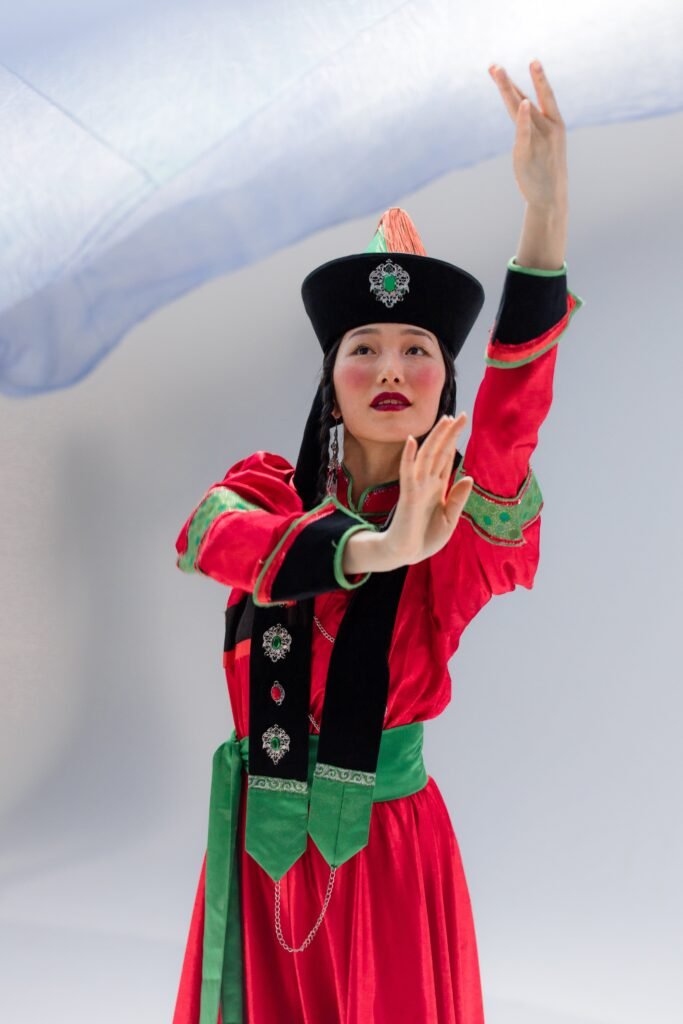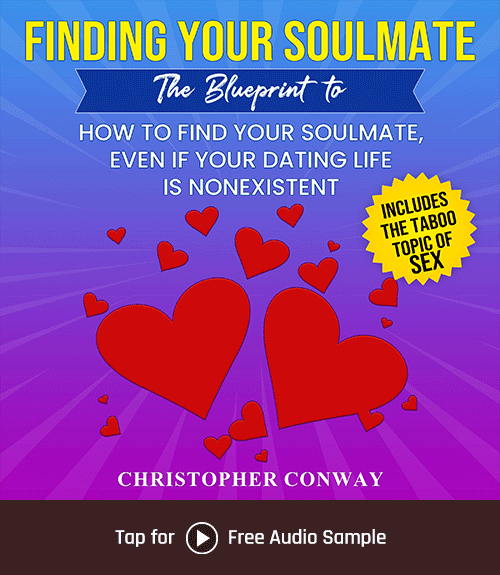You’ve probably noticed how much the dating landscape has altered over the years. From the rise of online dating to the influence of social media, the way we approach relationships has greatly evolved. But have you ever stopped to think about how our expectations around physical appearance have transformed as well? In this article, we’ll explore the ways in which our standards of beauty have shifted in the world of dating, and how this impacts our search for love and connection. So, grab a cup of coffee and get ready to delve into the fascinating realm of changing dating expectations.

Change in Standards of Beauty
Beauty standards have evolved significantly over time, and these changes have had a profound impact on dating and attraction. The traditional notions of beauty, which were once limited to a narrow set of features, have given way to a more inclusive and diverse understanding of attractiveness.
Evolving Definitions of Beauty
Gone are the days when beauty was solely associated with youth, symmetry, and certain body proportions. Today, there is a growing appreciation for various forms of beauty, as people recognize that attractiveness is subjective and can be found in different shapes, sizes, and ethnicities. This shift in perspective has opened up a whole new world of possibilities for dating, allowing individuals to explore relationships beyond the confines of previous beauty standards.
The Influence of Media on Beauty Standards
The media plays a significant role in shaping societal beauty standards, often promoting a narrow and unrealistic ideal of beauty. However, there has been a gradual shift towards more inclusive representation in media. Body-positive campaigns have gained traction, challenging the unrealistic expectations set by the media and encouraging self-acceptance. This shift is empowering individuals to embrace their unique features, redefining the boundaries of attractiveness in the dating world.
Body Positivity Movement
The body positivity movement has gained momentum in recent years, promoting self-love and acceptance of all body types. It advocates for a shift in focus from external appearance to internal qualities and aims to dismantle the harmful body-image standards that have plagued society for so long. This movement has had a significant impact on dating, as it encourages individuals to value themselves for who they are rather than conforming to societal beauty ideals. This newfound emphasis on inner beauty has sparked a desire for genuine connections based on shared values, personalities, and emotional connection rather than solely superficial attraction.
Online Dating and Profile Pictures
With the rise of online dating, profile pictures have become the gateway to potential connections. They play a crucial role in attracting attention and making a memorable first impression. As dating apps have evolved, so too have the expectations surrounding profile pictures.
The Importance of Profile Pictures
Profile pictures serve as a visual representation of oneself on dating apps, providing a snapshot of who you are and what you look like. They are often the first thing potential matches see, and as a result, they can heavily influence whether someone chooses to engage further or move on. In this highly visual digital landscape, an appealing profile picture is essential in garnering interest and sparking attraction.
Evolution of Self-Presentation on Dating Apps
As users have become more savvy with dating apps, self-presentation has become more strategic. People carefully curate their profile pictures to highlight their best qualities and present themselves in the most attractive light possible. This has led to an increase in the use of filters and digital manipulation techniques to enhance one’s appearance. While this can initially attract attention, it also raises questions about authenticity and the potential disappointment when meeting in person.
Digital Manipulation and Filter Use
The rise of social media filters and photo-editing apps has made it easier than ever to alter one’s appearance in profile pictures. While some may argue that these enhancements are harmless and can boost confidence, others question the impact it has on realistic expectations and trust in dating. It is essential to strike a balance between presenting oneself authentically and feeling confident in one’s appearance, without relying heavily on digital alterations that may lead to unrealistic standards.
Impact of Social Media on Dating
Social media has revolutionized the way people interact and connect. However, it has also had a profound influence on dating and attractiveness.
Comparison and Insecurity
Social media platforms, with their carefully curated highlight reels and filtered images, can often lead to comparison and feelings of insecurity. Constant exposure to seemingly perfect lives and flawless appearances can create unrealistic expectations for both oneself and potential partners. This can hinder dating experiences, as individuals may doubt their own worthiness or feel inadequate compared to the seemingly flawless profiles they encounter online.
The Rise of Influencer Culture
The rise of social media influencers has had a significant impact on beauty standards and dating preferences. Many influencers have a large following, and their opinions and preferences can shape societal trends and desirability. This has led to the popularization of certain aesthetic features, such as plump lips or chiseled jawlines, which have become highly sought-after in the dating world. However, it is essential to recognize that these trends may change, and beauty is ultimately subjective and diverse.
Heightened Importance of Image
In the age of social media, image has become paramount. Dating profiles now often feature an array of carefully curated photos, showcasing not only physical attractiveness but also lifestyle, interests, and social status. While these additional elements provide a more holistic view of an individual, they also contribute to a heightened emphasis on appearance. It is crucial to remember that attractiveness extends beyond mere physical appearance and encompasses the entirety of one’s being.
Body Modification and Body Acceptance
The acceptance and celebration of body modifications have taken hold in the dating landscape. Tattoos, piercings, and unconventional beauty choices are no longer seen as signs of rebellion, but rather as expressions of personal identity.
Tattoos, Piercings, and Non-Traditional Beauty
The once-stigmatized practices of tattoos and piercings have become increasingly prevalent and accepted. People are using these forms of body modification as a means of self-expression, telling their stories and showcasing their individuality. Dating has become more inclusive, with many individuals finding attractiveness in these non-traditional forms of beauty that challenge societal norms.
Embracing Diversity and Unconventional Looks
The shift towards embracing diversity has allowed for a broader range of unconventional looks to be celebrated in the dating world. Previously, certain features, such as unconventional hairstyles or non-conforming clothing choices, might have been seen as undesirable. However, as beauty standards expand, individuals are now finding beauty in these unique and non-conforming looks that challenge traditional norms.
Breaking Stereotypes
The acceptance and celebration of diverse beauty have also played a significant role in breaking stereotypes. Pioneers in the dating world who challenge societal norms by embracing their unique beauty have paved the way for others to do the same. By rejecting narrow standards of attractiveness, individuals can forge genuine connections based on shared values, interests, and personalities, rather than conforming to outdated expectations.

The Influence of Age and Ageism
Age has long been a factor in dating, impacting attractiveness and compatibility. However, changing societal perspectives are challenging age-related beauty standards and fostering a more inclusive and accepting environment.
Youth-Driven Beauty Standards
Historically, youth has been idolized and associated with attractiveness in the dating world. The emphasis on youthful features and vitality left many feeling marginalized as they aged. However, there is a growing recognition that beauty can be found at any age, and older individuals are defying societal norms by embracing their maturity and wisdom as attractive qualities.
The Growing Acceptance of Aging
As ageism becomes increasingly recognized and challenged, the perception of aging in the dating world is shifting. With societal conversations centered around self-acceptance and embracing the natural aging process, there is greater appreciation for the diversity and unique beauty that comes with advancing years. This newfound acceptance of aging allows individuals of all age groups to feel valued and desired in the dating world.
Changing Perspectives on Dating Across Age Groups
The changing standards of beauty are breaking down the barriers between different age groups in the dating world. The focus is shifting towards compatibility, emotional connection, and shared values, rather than solely physical appearance. Younger individuals are finding wisdom and life experience attractive, while older individuals are valuing the energy and enthusiasm of their younger counterparts. This intersectionality of attractiveness across age groups is reshaping the dating landscape, making it more inclusive and diverse.
Gender Expectations and Attractiveness
Traditional gender roles and expectations have long influenced beauty standards and attractiveness in dating. However, society is undergoing a significant shift, redefining masculinity and femininity and embracing a more inclusive understanding of gender.
Traditional Gender Roles
In the past, traditional gender roles dictated how attractiveness was perceived. Men were expected to be strong, stoic, and financially successful, while women were expected to be nurturing, soft-spoken, and physically attractive. These rigid expectations limited the scope of attractiveness and perpetuated harmful stereotypes. However, as societal norms evolve, so too do our definitions of attractiveness.
Redefining Masculinity and Femininity
There is a growing recognition and acceptance of the fluidity and complexity of gender. Masculinity and femininity are no longer confined to rigid stereotypes but are celebrated in all their diverse expressions. This shift is challenging previous beauty standards and allowing individuals to express their gender identity authentically. Beauty is no longer confined to specific gender expectations but rather encompasses the full spectrum of human diversity.
Non-Binary and Gender-Fluid Dating
The recognition and acceptance of non-binary and gender-fluid identities have opened up new possibilities in the dating world. Individuals who identify as non-binary or gender-fluid are no longer constrained by the traditional notions of attractiveness. They can freely express their unique beauty and find connections with others who appreciate and value their identity. This evolution in understanding and accepting gender is making dating more inclusive and affirming for individuals of all gender identities.

Body Size and Stereotyping
Body size has long been a source of stereotyping and discrimination in the dating world. However, the body-positive movement is challenging these biases and promoting acceptance of diverse body types.
Fat-Shaming and Size Discrimination
Fat-shaming and size discrimination have perpetuated harmful beauty standards and led to countless individuals feeling excluded or unworthy in the dating world. Society’s idealization of thinness as the epitome of attractiveness has created a hostile environment for those who do not conform to this narrow ideal. However, the body-positive movement is pushing back against these harmful biases, advocating for inclusive beauty standards and acceptance of all body sizes.
The Body-Positive Movement and Acceptance
The body-positive movement has made significant strides in promoting body acceptance and combating size-based discrimination in the dating world. It encourages individuals to love and accept their bodies as they are, regardless of societal beauty norms. This movement has empowered people of all sizes to embrace their bodies and seek genuine connections based on shared values and emotional compatibility, challenging the superficial focus on appearance.
Diverse Preferences and Attraction
While societal beauty standards may still favor certain body types, there is an increasing awareness that attraction is subjective and varies from person to person. People have diverse preferences when it comes to body size, and what one person finds attractive may differ from another. The body-positive movement has played a vital role in challenging the notion of a one-size-fits-all definition of attractiveness, allowing for a more inclusive and diverse range of body types in the dating world.
Ethnicity and Race in Dating
Ethnicity and race have often played a significant role in defining beauty standards and attractiveness. However, a shift is occurring, challenging the stereotypes and preferences that have perpetuated racial bias in dating.
Cultural Stereotypes and Beauty Standards
Cultural stereotypes and beauty standards have long shaped societal views of attractiveness. Certain ethnicities and races have been idealized, while others have been marginalized or exoticized. However, the understanding and appreciation of beauty are evolving, with more emphasis being placed on celebrating diversity and challenging narrow beauty ideals. Esteemed features from different ethnic backgrounds are now being recognized and valued for the unique beauty they bring to the dating landscape.
Preference vs. Fetishization
It is crucial to differentiate between personal preference and fetishization when it comes to dating individuals of different ethnic backgrounds. Preferences can be based on various factors, including cultural exposure and individual experiences. However, when attraction becomes rooted in stereotypes or reduces someone to their race or ethnicity, it crosses into fetishization, which is objectifying and disrespectful. The goal is to celebrate and value the unique beauty that each individual brings, rather than reducing them to a stereotype or exoticizing their ethnicity.
Challenging Racial Preferences in Dating
There is an ongoing dialogue about racial preferences in dating and how they can contribute to racial bias and discrimination. While personal preferences are valid, it is essential to critically examine the underlying biases and stereotypes that may influence these preferences. Challenging our own assumptions and actively seeking diverse perspectives can help counteract racial bias and promote a more inclusive and equal dating experience for all.
Disability and Physical Appearance
The dating landscape can present unique challenges for individuals with disabilities, as societal beauty standards often overlook or stigmatize those with physical differences. However, attitudes are shifting towards greater acceptance and inclusivity.
Disability Representation and Beauty
The traditional beauty standards often portrayed in mainstream media tend to exclude individuals with disabilities. However, there is an increasing recognition of the beauty that lies within people with disabilities. Advocates for disability representation are pushing for greater visibility and inclusivity, challenging the assumption that physical differences equate to a lack of attractiveness. This shift in perspective is helping to break down barriers and create a more inclusive dating environment.
Navigating Dating with Disabilities
Dating with disabilities can present unique challenges, as individuals may face physical, emotional, or societal barriers. However, advancements in technology and a growing awareness of accessibility have made it easier for people with disabilities to navigate the dating world. Dating apps and online communities specifically cater to individuals with disabilities, providing platforms to connect and forge meaningful relationships.
Challenges and Acceptance
While progress is being made, individuals with disabilities may still face challenges when it comes to dating. Society’s deep-rooted biases and misconceptions about disability can lead to discrimination and exclusion. However, there is also growing acceptance and understanding, with more people recognizing the beauty, strength, and resilience of individuals with disabilities. It is essential to prioritize inclusivity and challenge ableist perspectives, creating a dating culture that embraces diversity and fosters connection based on shared values and emotional compatibility.
Psychological Impact of Changing Expectations
The changing expectations around physical appearance in dating can have a significant psychological impact on individuals. It is essential to understand and navigate the pressures and insecurities that may arise as societal beauty standards evolve.
Body Image Issues and Insecurities
The shifting beauty standards can trigger body image issues and insecurities in individuals. The constant exposure to idealized images on social media and dating platforms can lead to self-comparison and feelings of inadequacy. It is important to cultivate self-compassion and recognize that beauty is subjective and diverse.
The Pressure to Conform
As beauty standards change, there may be an increased pressure to conform to these new ideals. This pressure to alter one’s appearance to fit in can lead to dissatisfaction and a loss of self-acceptance. It is crucial to prioritize self-care and embrace one’s unique beauty rather than striving for an unattainable standard.
Self-Love and Acceptance
Amidst changing expectations, it is essential to prioritize self-love and acceptance. Recognizing and celebrating one’s unique qualities and beauty is key to navigating the evolving dating landscape. Emphasizing inner qualities, emotional connection, and shared values can help foster meaningful relationships that transcend superficial attraction.
In conclusion, expectations around physical appearance in dating have experienced significant change in recent years. Evolving definitions of beauty, influenced by media, the body positivity movement, and the acceptance of diversity, have led to a more inclusive and accepting dating culture. Online dating and profile pictures play a crucial role in attracting potential matches, highlighting the importance of self-presentation while navigating the challenge of maintaining authenticity. Social media’s impact on dating includes heightened comparison and the rise of influencer culture, altering perceptions of attractiveness. Body modification, including tattoos and piercings, challenges conventional beauty standards, while changing ideas around age, gender, body size, ethnicity, and disability lead to increased acceptance and inclusivity in the dating world. The psychological impact of changing expectations necessitates a focus on self-love and acceptance, emphasizing emotional connection and shared values in forming meaningful relationships. As society continues to evolve, it is vital to embrace diversity and challenge societal beauty norms, creating a dating landscape that celebrates individuality, authenticity, and true connections.
Christopher Conway, the innovative mind behind “Love Blueprints,” is a seasoned relationship expert and author. His insightful guidance, drawn from years of experience and study, offers transformative strategies for modern love and dating. Christopher’s commitment to enhancing romantic connections has made “Love Blueprints” a go-to resource for those navigating the complexities of relationships.




